Imagine stepping into your garden and being greeted by a kaleidoscope of fluttering butterflies, their vibrant colors dancing among the flowers. A butterfly garden not only adds beauty to your outdoor space but also serves as a sanctuary for these delicate pollinators. In this guide, we’ll explore the art of creating a butterfly garden to attract pollinators, from selecting the right plants to providing essential habitat elements that cater to the needs of butterflies throughout their life cycle.

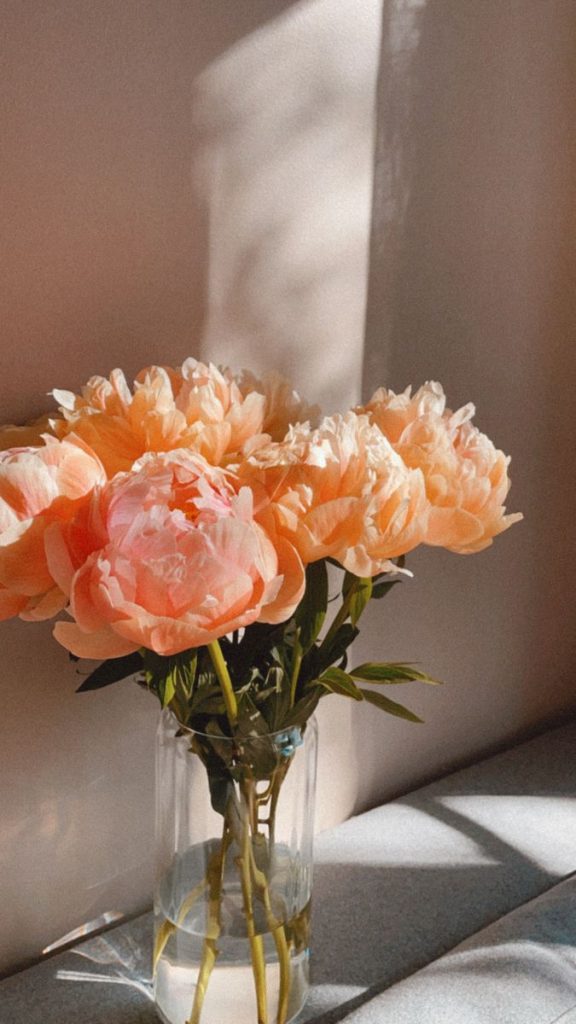
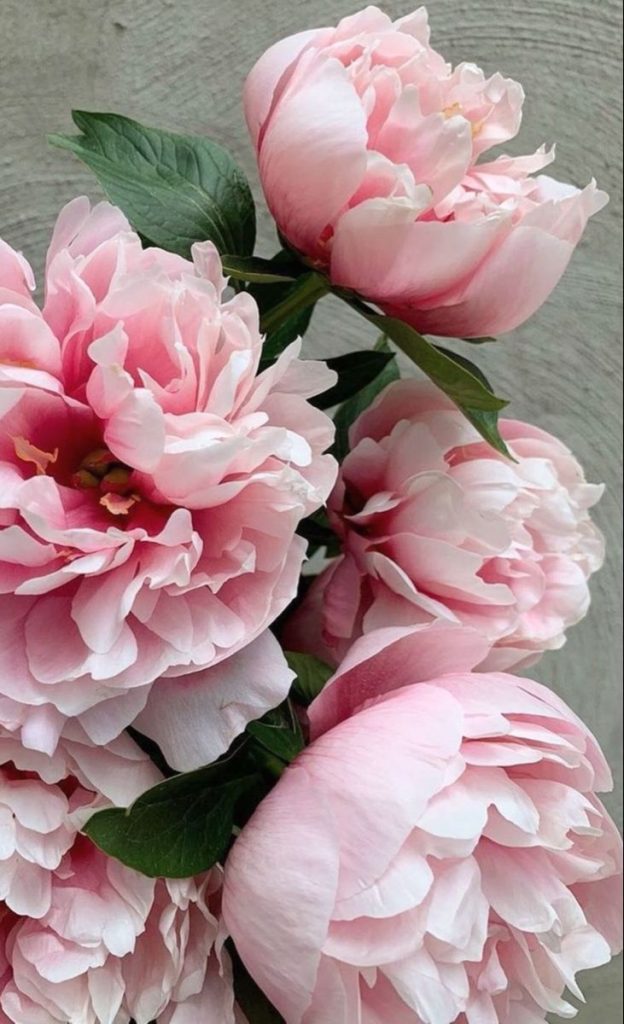
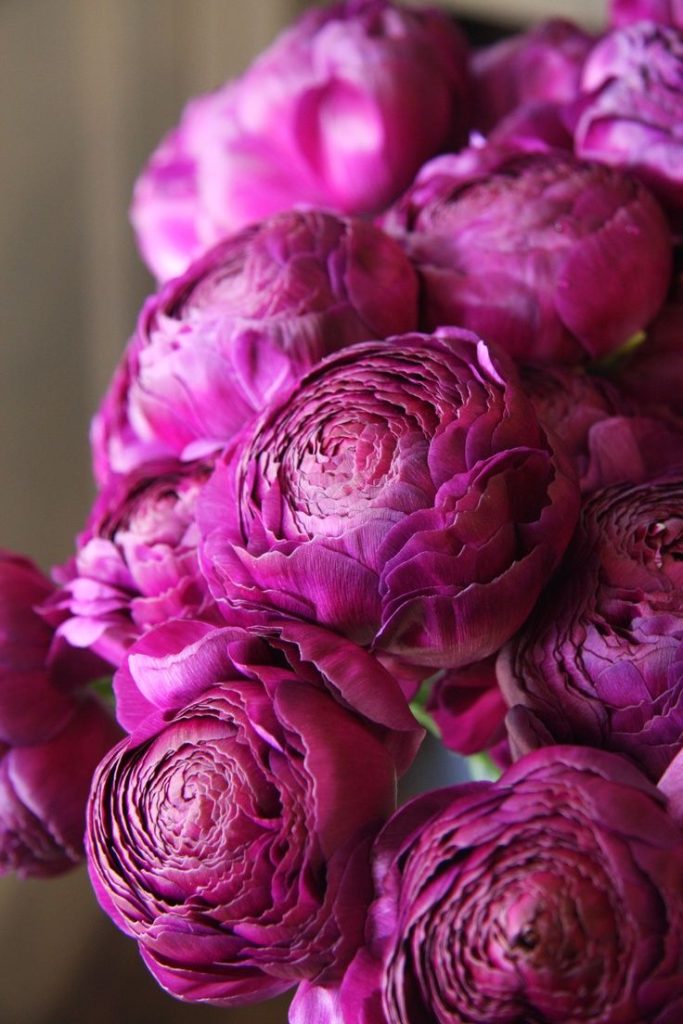
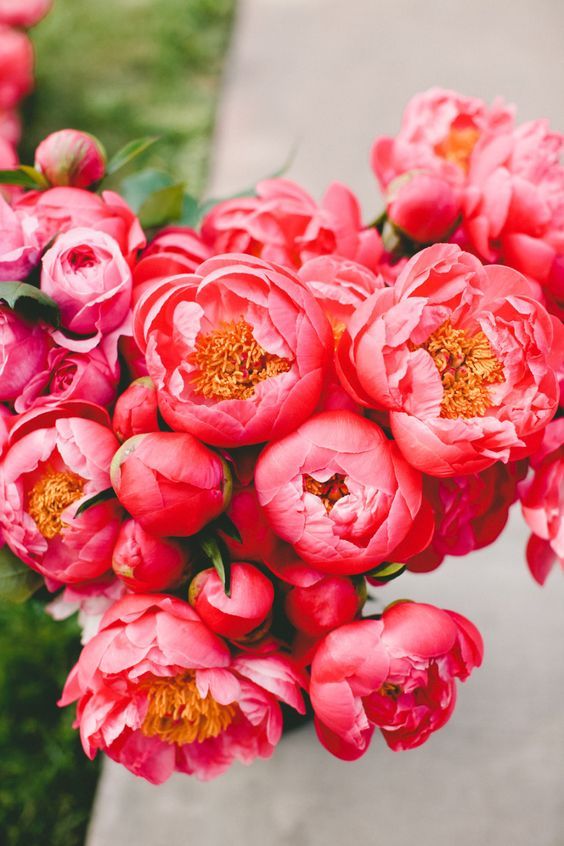
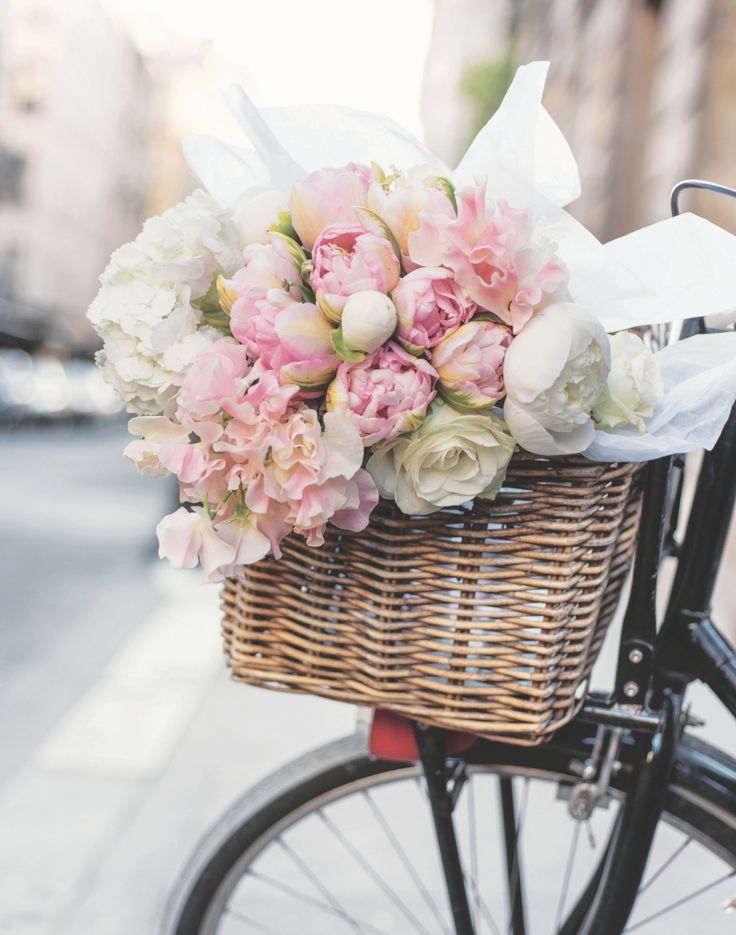
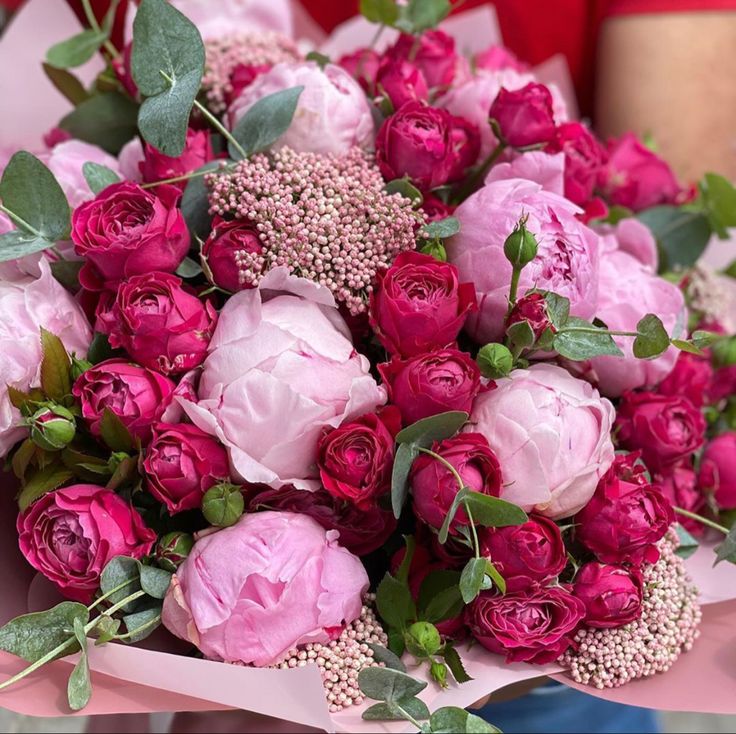
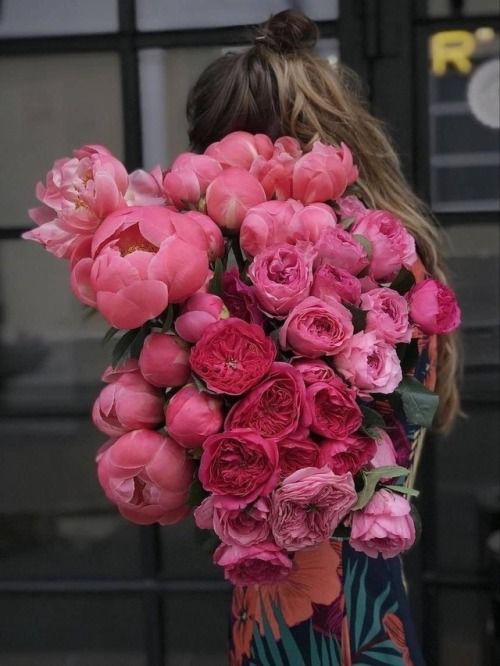
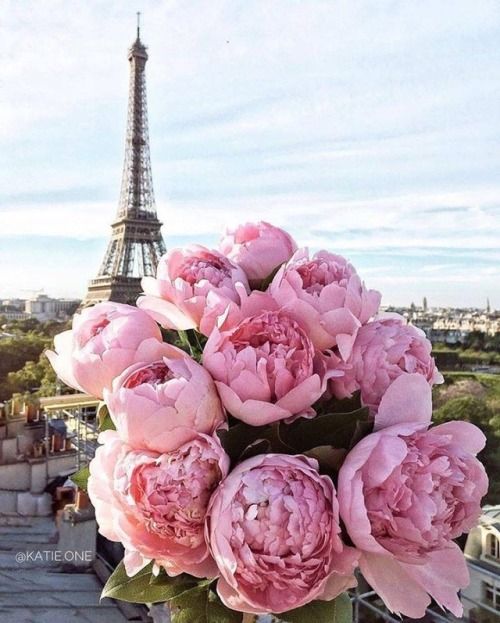
Why Create a Butterfly Garden?
Creating a butterfly garden offers numerous benefits:
- Pollinator Support: Butterflies are important pollinators that play a vital role in the reproduction of many plants. By attracting butterflies to your garden, you can help support pollination and promote biodiversity in your local ecosystem.
- Garden Beauty: Butterflies add beauty and charm to any garden with their vibrant colors and graceful flight. A butterfly garden filled with colorful flowers and fluttering visitors creates a visually stunning landscape that delights the senses and uplifts the spirit.
- Educational Opportunities: A butterfly garden provides an opportunity for education and learning about the life cycle of butterflies, their habitat requirements, and the importance of pollinators in the ecosystem. It offers a hands-on experience for children and adults alike to observe, study, and appreciate the wonders of nature up close.
- Conservation Efforts: Creating habitat for butterflies and other pollinators contributes to conservation efforts aimed at protecting native species and preserving biodiversity. By providing food, shelter, and breeding sites for butterflies, you can help conserve threatened species and maintain healthy ecosystems for future generations.
Designing Your Butterfly Garden
Follow these steps to design and create a butterfly garden that attracts pollinators and provides a welcoming habitat for butterflies:
- Select Butterfly-Friendly Plants: Choose a variety of nectar-rich flowers that attract butterflies and provide a source of food throughout the growing season. Select plants with different flower shapes, sizes, and colors to attract a diverse range of butterfly species. Some popular butterfly-friendly plants include butterfly bush, milkweed, coneflower, lavender, verbena, and salvia.
- Provide Host Plants: Incorporate host plants into your garden that serve as food sources for butterfly larvae (caterpillars) and support their development into adult butterflies. Different butterfly species have specific host plant requirements, so research native plants that cater to the needs of local butterfly species. For example, monarch butterflies rely on milkweed as their sole host plant for egg-laying and larval development.
- Offer Shelter and Sunlight: Create a welcoming habitat for butterflies by providing sheltered areas for resting and basking in the sun. Plant tall grasses, shrubs, or trees around the perimeter of your garden to offer protection from wind and predators, and provide open, sunny spaces for butterflies to warm their wings and feed on nectar.
- Provide Water Sources: Butterflies need water for drinking and maintaining hydration, especially on hot summer days. Provide shallow dishes of water or puddling areas with moist soil, sand, or gravel where butterflies can gather to drink and extract minerals from the soil.
- Avoid Pesticides: Minimize the use of pesticides and herbicides in your butterfly garden, as these chemicals can be harmful to butterflies and other pollinators. Opt for organic gardening methods and natural pest control strategies, such as hand-picking pests, using companion planting, and attracting beneficial insects, to maintain a healthy and balanced ecosystem in your garden.
Maintaining Your Butterfly Garden
Once your butterfly garden is established, maintain it with care to ensure a thriving habitat for butterflies and other pollinators:
- Water Regularly: Water your butterfly garden regularly to keep the soil moist but not waterlogged, especially during hot, dry periods. Provide supplemental watering as needed to ensure that nectar-rich flowers remain in bloom and provide a continuous food source for butterflies.
- Remove Weeds: Keep your butterfly garden free of weeds that compete with butterfly-friendly plants for nutrients, sunlight, and space. Pull weeds by hand or use mulch to suppress weed growth and maintain a clean and tidy garden environment.
- Prune and Deadhead: Prune dead or spent flowers regularly to encourage continuous blooming and maintain a neat appearance in your butterfly garden. Deadhead flowers to remove faded blooms and promote new growth, which attracts butterflies with fresh nectar sources.
- Monitor for Pests: Keep an eye out for pests that may damage butterfly-friendly plants in your garden, such as aphids, caterpillars, or leaf-chewing insects. Use natural pest control methods, such as hand-picking pests, applying insecticidal soap, or introducing beneficial insects, to manage pest populations and protect your plants.
- Observe and Enjoy: Take time to observe and enjoy the beauty of butterflies and other pollinators in your garden. Keep a journal or photo album to record butterfly sightings and track the diversity of species visiting your garden throughout the seasons. Share your observations with friends, family, and neighbors to inspire others to create butterfly-friendly habitats in their own outdoor spaces.
Conclusion
Creating a butterfly garden is a rewarding and enjoyable way to connect with nature, promote pollinator health, and enhance the beauty of your outdoor space. By providing food, shelter, and habitat for butterflies throughout their life cycle, you can attract a diverse array of butterfly species to your garden and create a thriving ecosystem that benefits both wildlife and humans alike. Whether you have a small balcony, a sprawling backyard, or anything in between, you can design a butterfly garden that attracts pollinators and provides a welcoming haven for these winged wonders. With a little planning,